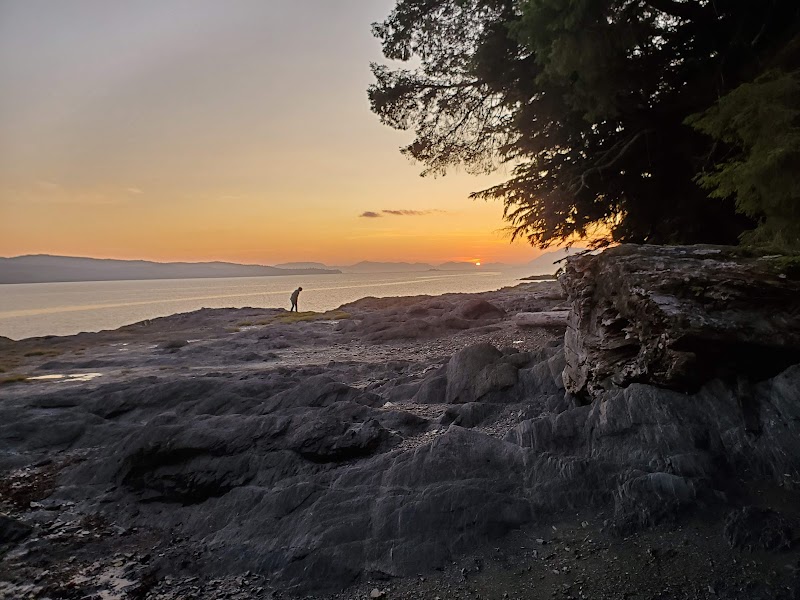
Refuge Cove State Recreation Site Adventures
Refuge Cove State Recreation Site offers tranquil coastal views and access to rich marine habitats along Oregon's rugged shoreline, making it a peaceful spot for picnicking, beachcombing, and wildlife observation.
About Refuge Cove State Recreation Site

Refuge Cove State Recreation Site is located along the southern Oregon coast near the town of Port Orford. The park is characterized by its small beachfront cove, rocky headlands, and forested uplands dominated by Sitka spruce and Douglas fir. Its coastal environment supports a variety of marine and bird life, including shorebirds, seals, and seasonal whale sightings just offshore. The site provides visitors with opportunities for quiet day use, featuring picnic areas, restrooms, and easy access to the beach and tidepools. Historically, this area was significant to local Native American tribes who utilized the coastal resources for fishing and shellfish gathering. Today, Refuge Cove maintains a natural, undeveloped feel, ideal for those looking to experience Oregon's coast without large crowds or major facilities. There are no developed campgrounds within the site, but nearby state parks and national forests offer camping options. Popular recreation includes beachcombing, wildlife viewing, photography, and short walking trails that highlight ocean vistas and geological formations. The small size and quiet nature of the site make it a favored stop for those traveling the scenic U.S. Route 101 corridor or exploring the more remote stretches of Oregon’s Coast. Visitors appreciate Refuge Cove for its opportunities to engage with coastal ecology in a serene environment and as an access point for tidepool exploration during low tide.
Highlights
Oceanfront picnic areas with scenic views of the Pacific Ocean
Access to tide pools rich with marine life such as anemones and starfish
Frequent sightings of migratory seabirds and occasional seals resting on rocks
Quiet off-the-beaten-path coastal spot ideal for peaceful reflection and nature photography
Notable Natural Features
Refuge Cove Beach
A small sandy and rocky beach offering tidepools and panoramic views ideal for beachcombing and marine exploration.
Coastal Headlands
Rocky promontories at the edges of the park providing elevated views of offshore waters and seabird colonies.
Native Coastal Forest
Forested areas containing old-growth Sitka spruce and Douglas fir that shelter songbirds and small mammals.
